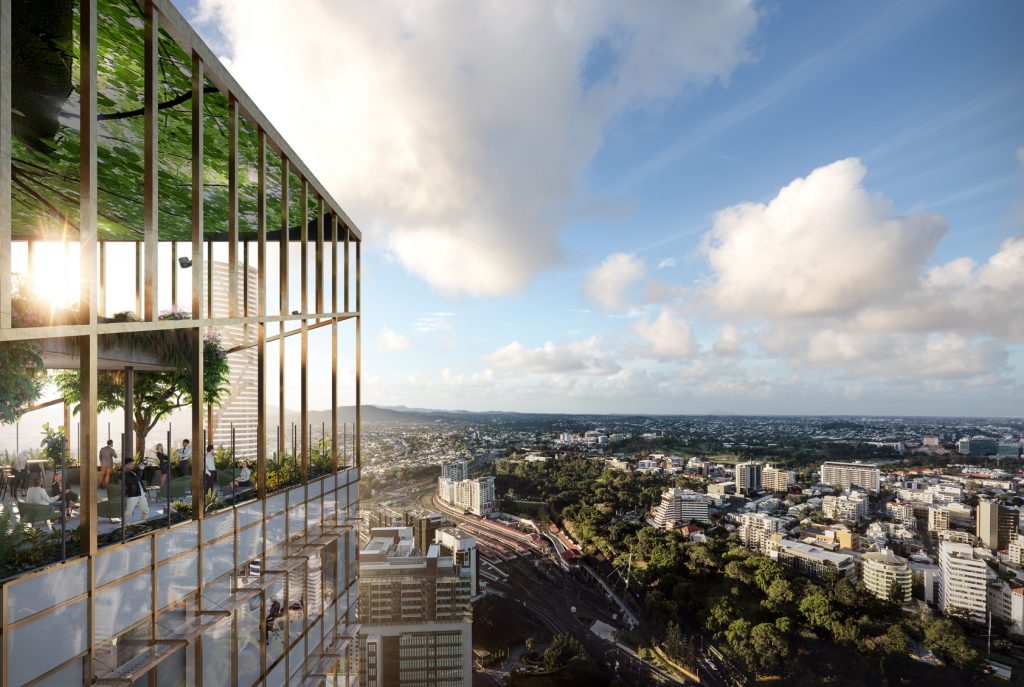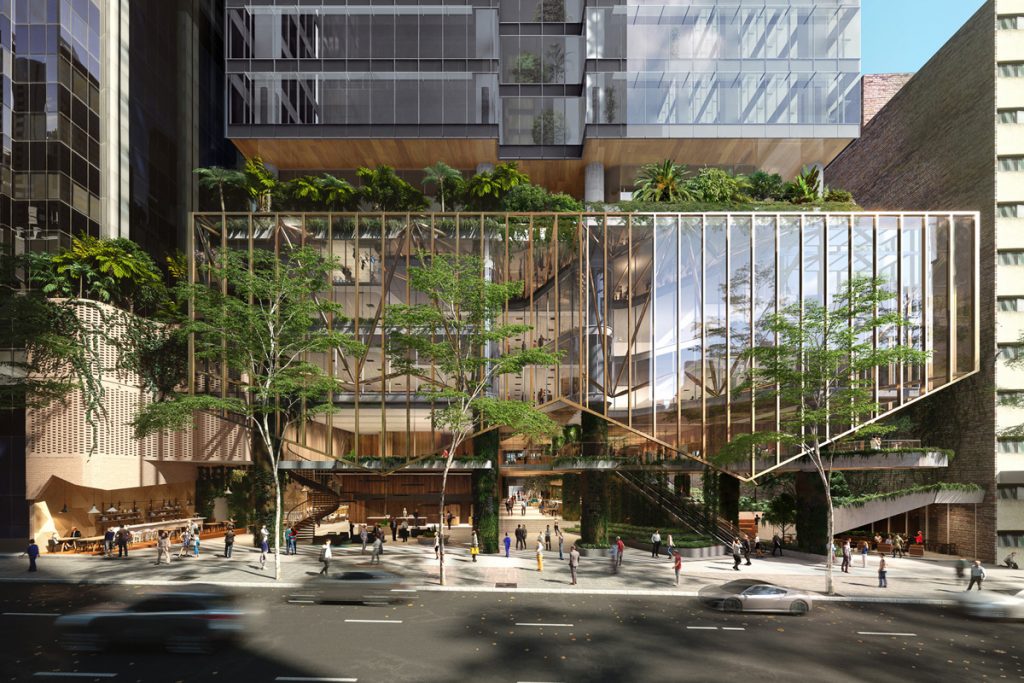
A plan to create cooler residential developments through passive cooling techniques isn’t transforming Brisbane fast enough, according to University of Queensland research.
The initiative included the introduction of natural ventilation, porches, basements and tree shading and was promoted through the Brisbane City Council’s 2016 New World City Design Guide: Buildings that Breathe (BtB).
Dr Dorina Pojani, from UQ’s School of Earth and Environmental Sciences, said the guide’s introduction had an effect, but stronger policies are needed.
“In the face of global warming, Australia – in particular cities with warm climates like Brisbane – need to step away from mechanical approaches to cooling homes,” she said.
“Brisbane City Council introduced the BtB to encourage developers to avoid expensive and energy-hungry air conditioning.
“Overall, BtB had a positive impact in the six design areas it focused on, with some techniques – like the introduction of shade and protection on new buildings – increasing significantly, by 36 per cent.
“But, while many developers are introducing liveable and climate-friendly design into their building, there are still too many barriers for passive cooling to go mainstream.
“One major issue is that our developers are suffering from path dependency – where past systems, such as building codes or even habit – stop them from making the new innovations we need.
“And factors like money, technology, climate, politics, human psychology and legislation are all barriers for creating change.”
The researcher said good policy alternatives exist, but all stakeholders need to be included to transform Brisbane development.
“Voluntary guidelines are clearly useful, but their ability to promote widespread change is limited,” Dr Pojani said.

“Although before we consider converting the BtB into a legally-binding document, its contents need to be negotiated amongst all those affected.
“This will ensure we retain the environmental benefits, but will also ensure compliance, and should make sure that costs are reasonable for developers.
“My concern is if the costs of compliance are excessive, new unit development may be limited, and we can’t forget that the inner city is also heading toward a major housing affordability crisis.
“Brisbane City Council must strike a balance, and soon.
“We are living through a full-on climate emergency, so we can no longer afford to dance around these issues - much bolder action is needed.”
The research has been published in the Journal of Environmental Planning and Management (DOI: 10.1080/09640568.2019.1689934).
Media: Dr Dorina Pojani, d.pojani@uq.edu.au, +61 473 989 847; Dominic Jarvis, dominic.jarvis@uq.edu.au, +61 413 334 924.



